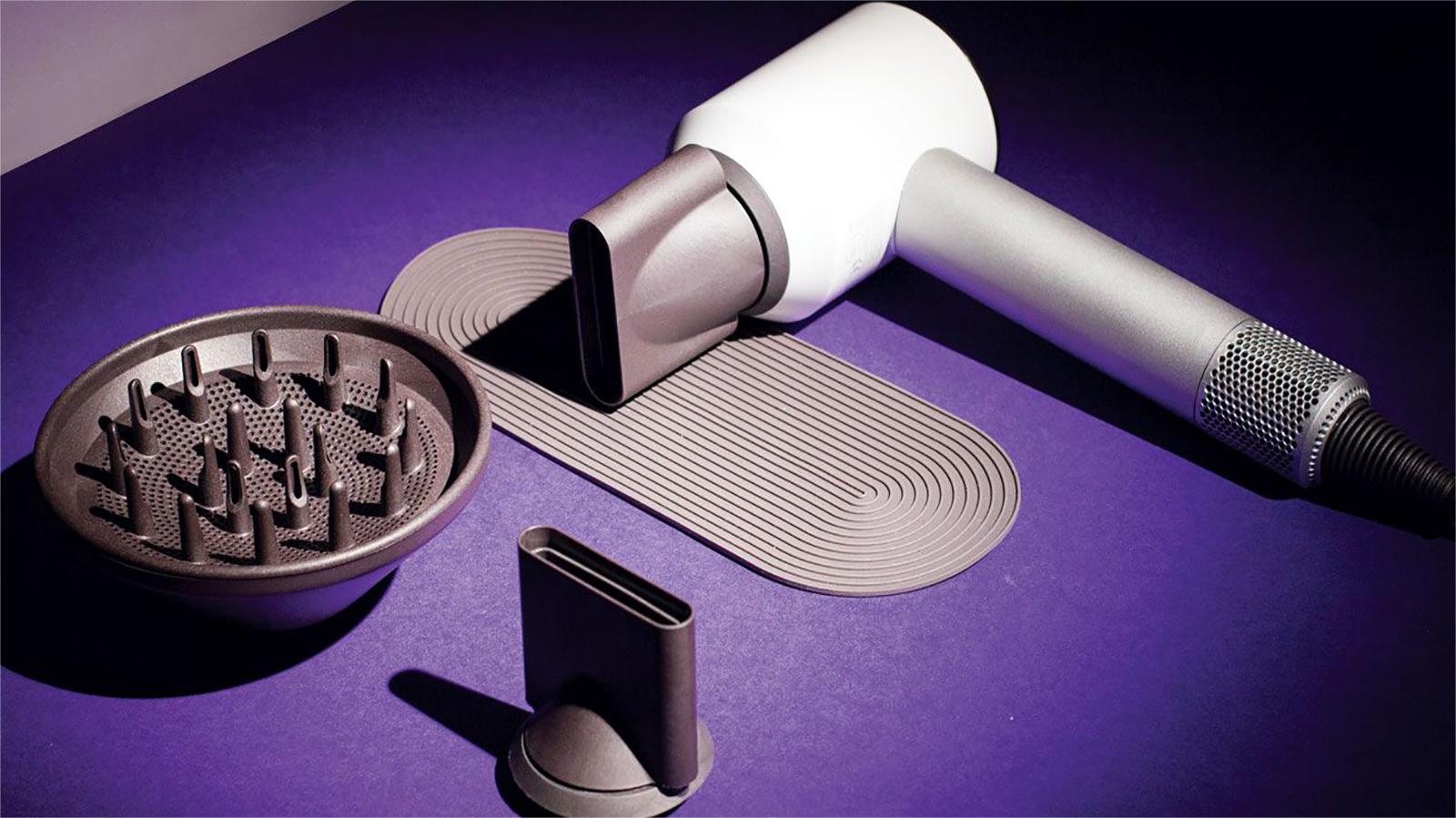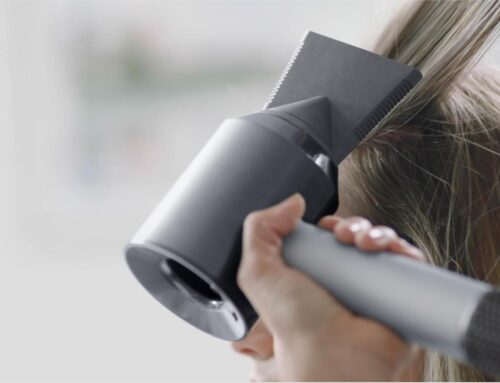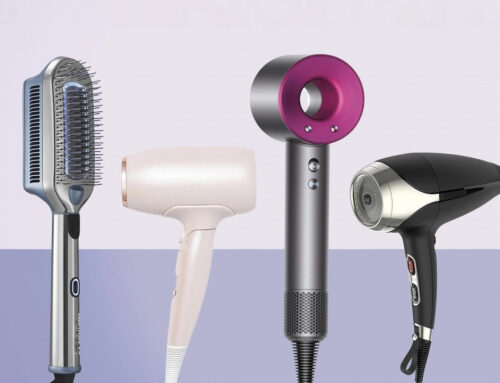Hair dryers are indispensable tools in our daily routines, serving not just for quick drying but also for styling and volumizing hair. Their utility in transforming wet, unmanageable hair into sleek, styled locks has made them a beloved appliance in households worldwide. However, encountering a malfunctioning hair dryer can be a frustrating experience, disrupting our daily self-care routine. Understanding the reasons behind these issues and knowing how to troubleshoot them can save you time, money, and a lot of hassle.
In this article, as a reliable OEM/ODM hair dryer manufacturer, we’ll delve into the common problems users face with their hair dryers and provide practical solutions to get them back in working order. Our aim is to empower you with the knowledge to tackle these issues confidently and efficiently.
Your Hair Dryer Won’t Turn On
One of the most common issues you might face with your hair dryer is that it simply won’t turn on. This problem can be caused by a variety of factors, ranging from power supply issues to internal component failures. Here’s a guide to help you diagnose and fix the problem.
1. Check the Power Outlet
First and foremost, ensure that the power outlet you are using is functioning correctly. This step might seem basic, but it’s crucial to eliminate the simplest causes first.
- Test with Another Device: Plug a different device, such as a lamp or phone charger, into the outlet to see if it works. If the other device doesn’t turn on either, the issue lies with the power outlet, not the hair dryer.
- Reset the Circuit Breaker: If the outlet is part of a circuit that has tripped, you’ll need to reset the breaker in your electrical panel. This is common in bathrooms and other high-usage areas.
- Inspect for Damage: Visually inspect the outlet for any signs of damage or wear, such as burn marks or loose connections.
2. Inspect the Power Switch of the Hair Dryer
Once you’ve confirmed that the outlet is working, the next step is to examine the power switch on your hair dryer.
- Switch to Different Settings: Hair dryers often have multiple settings for heat and speed. Try toggling between these settings to see if the dryer responds.
- Listen for Sounds: If you hear a clicking or any noise when toggling the switch, it’s a good sign that the switch is engaging, even if the dryer doesn’t turn on.
- Check for Loose Connections: Sometimes the internal wiring connected to the switch can become loose. If you’re comfortable opening the hair dryer (ensure it’s unplugged first), you can check the connections and tighten them if necessary. If necessary, replace a new one.
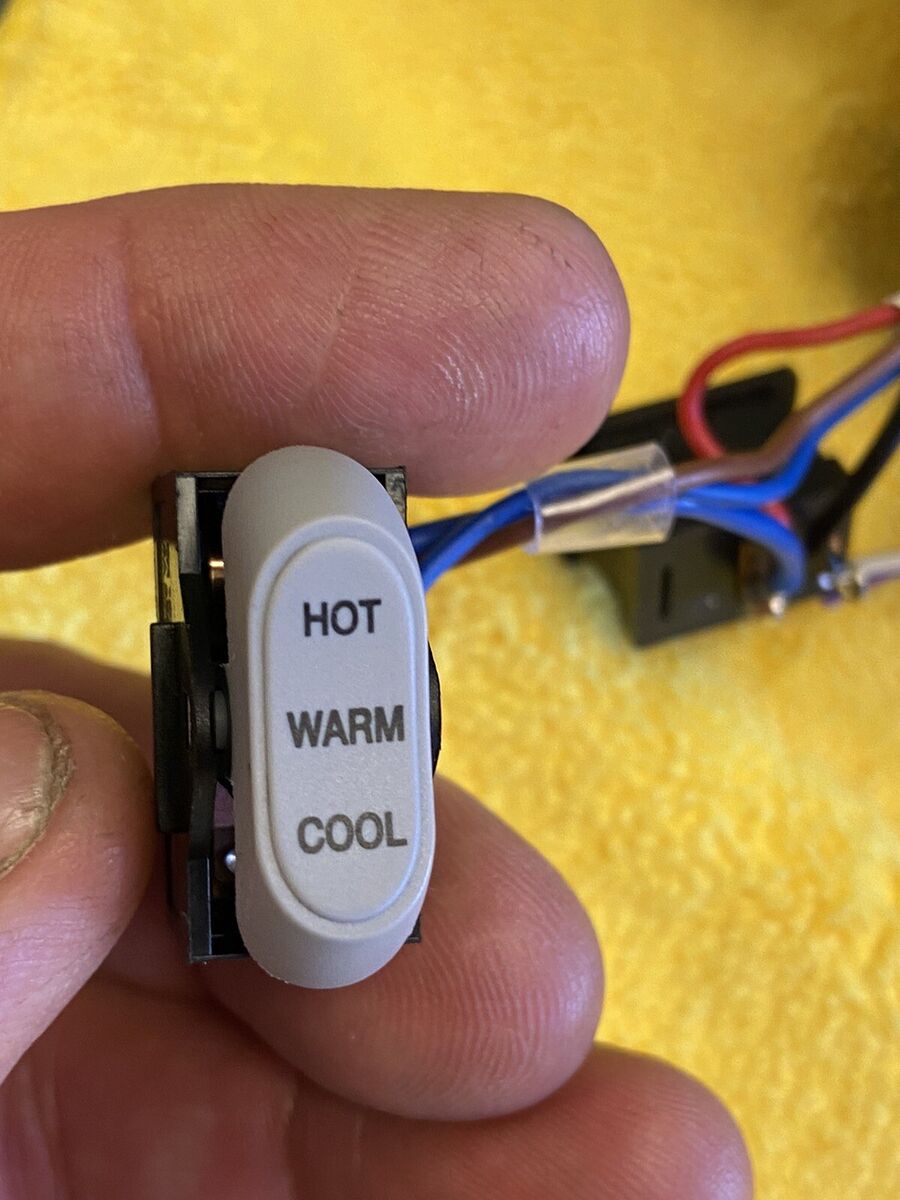
3. Examine the Power Cord
The power cord is another common point of failure. A damaged or disconnected power cord can prevent the hair dryer from turning on.
- Look for Visible Damage: Inspect the cord for any cuts, frays, or exposed wires. Any visible damage indicates that the cord needs to be replaced immediately.
- Check the Plug: Ensure the plug is not damaged or loose. Sometimes the prongs can become bent or the plug itself can develop a short.
- Test with a Multimeter: If you have a multimeter, you can test the continuity of the power cord. This will help you determine if there’s an internal break in the wire that’s not visible from the outside.
4. Investigate the Hair Dryer Motor
If all external checks are satisfactory, the issue may lie within the hair dryer’s motor.
- Accessing the Motor: Carefully open the hair dryer casing. This usually involves removing a few screws and possibly some clips. Be gentle to avoid damaging any components.
- Visual Inspection: Look for any obvious signs of damage such as burnt wires, broken components, or debris blocking the motor.
- Spin the Motor Manually: Sometimes, motors can seize up. You can try to manually spin the motor’s shaft to see if it’s stuck.
- Contact Huux for Support: If the motor is damaged, it’s best to contact Huux for professional repair or replacement. Our engineers can provide the expertise needed to safely and effectively address the issue.
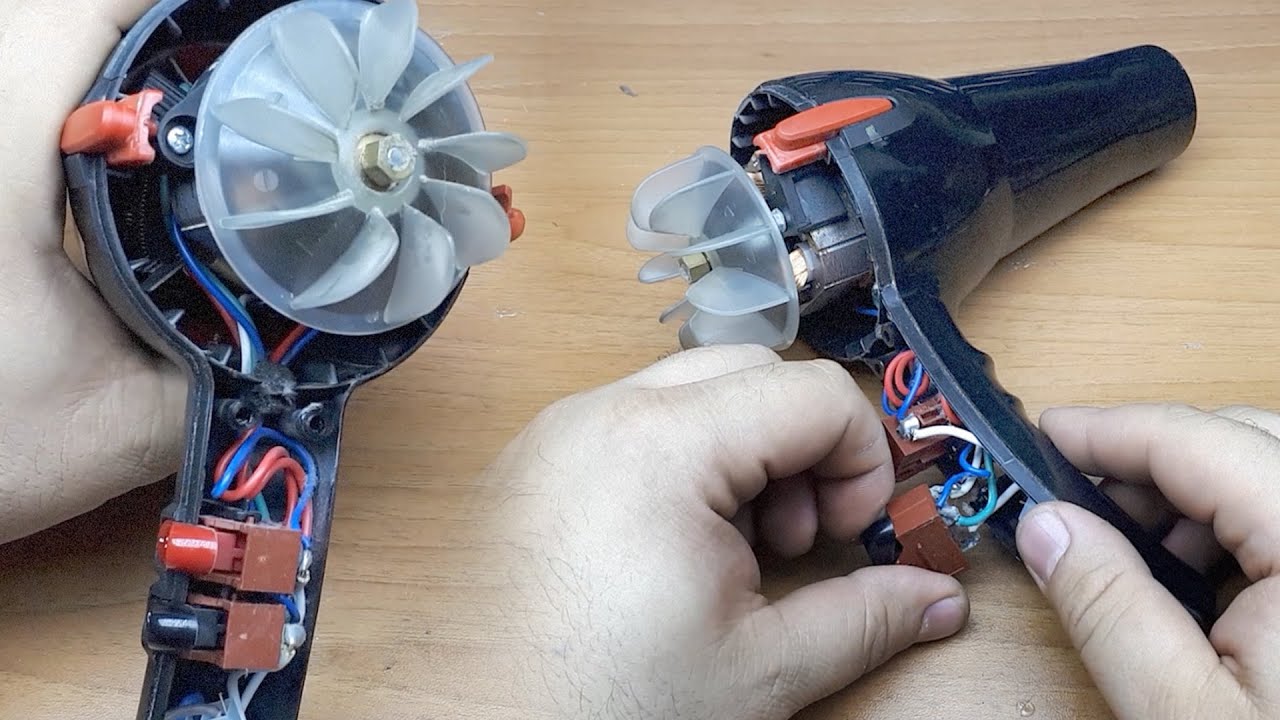
Motor Investigation
Your Hair Dryer Can’t Blow Out Hot Air
Finding that your hair dryer is only blowing cold air when you need hot air can be quite frustrating, especially when you’re in a rush.
1. Check the Hot Air Switch
The first step is to ensure that the hot air switch on your hair dryer is correctly set.
- Switch Modes: Many hair dryers come with both hot and cold air settings. Verify that the switch is not accidentally set to the cold air mode. Toggle the switch to the hot air setting and see if there’s a change.
- Switch Functionality: If switching modes doesn’t work, there may be an issue with the switch itself. You can try moving the switch back and forth a few times to dislodge any dirt or debris that might be affecting its performance. If the switch feels loose or unresponsive, it might be defective and need replacement.
2. Inspect the Heating Element
If the switch is functioning properly but the hair dryer still fails to produce hot air, the problem may lie with the heating element.
- Visual Inspection: Look for visible signs of damage such as breaks in the coil, burnt areas, or any foreign objects that might be causing a short circuit.
- Continuity Test: Use a multimeter to check the continuity of the heating element. If the multimeter shows no continuity, it means the heating element is broken and needs replacement.
- Debris and Dust: Sometimes, accumulated dust or hair can cause the heating element to overheat and shut down. Clean the element gently using compressed air or a soft brush.

3. Examine the Thermal Cutoff and Thermostat
Hair dryers often have built-in safety features like thermal cutoffs and thermostats to prevent overheating. These components can sometimes malfunction, causing the hair dryer to blow only cold air.
- Thermal Cutoff: This component acts as a safety fuse that cuts off the heating element if it gets too hot. If it’s blown, it will need to be replaced.
- Thermostat: The thermostat regulates the temperature. If it’s faulty, the hair dryer may not reach the desired temperature. Test the thermostat with a multimeter to ensure it’s working correctly. If it’s not, replace it with a compatible part.
Your Hair Dryer Noise is Too Large
Experiencing unusually loud noise from your hair dryer can be annoying and concerning. This issue can stem from various factors, including dust accumulation, motor problems, or even fan blade issues.
1. Clean the Air Intake and Outlet (Tuyere)
One of the most common causes of excessive noise in hair dryers is the accumulation of dust, hair, and debris in the air intake or outlet.
- Air Intake: The air intake, usually located at the back of the hair dryer, can become clogged with dust and hair over time. This blockage forces the motor to work harder, generating more noise. Use a small brush, such as a soft toothbrush, or the cleaning tool provided with your hair dryer to gently remove the accumulated debris. Be sure to unplug the dryer before cleaning.
- Air Outlet (Tuyere): The air outlet can also collect dust and hair, leading to noisy operation. Detach any removable parts of the outlet and clean them thoroughly with a brush and mild soap if necessary. Ensure all parts are completely dry before reassembling.
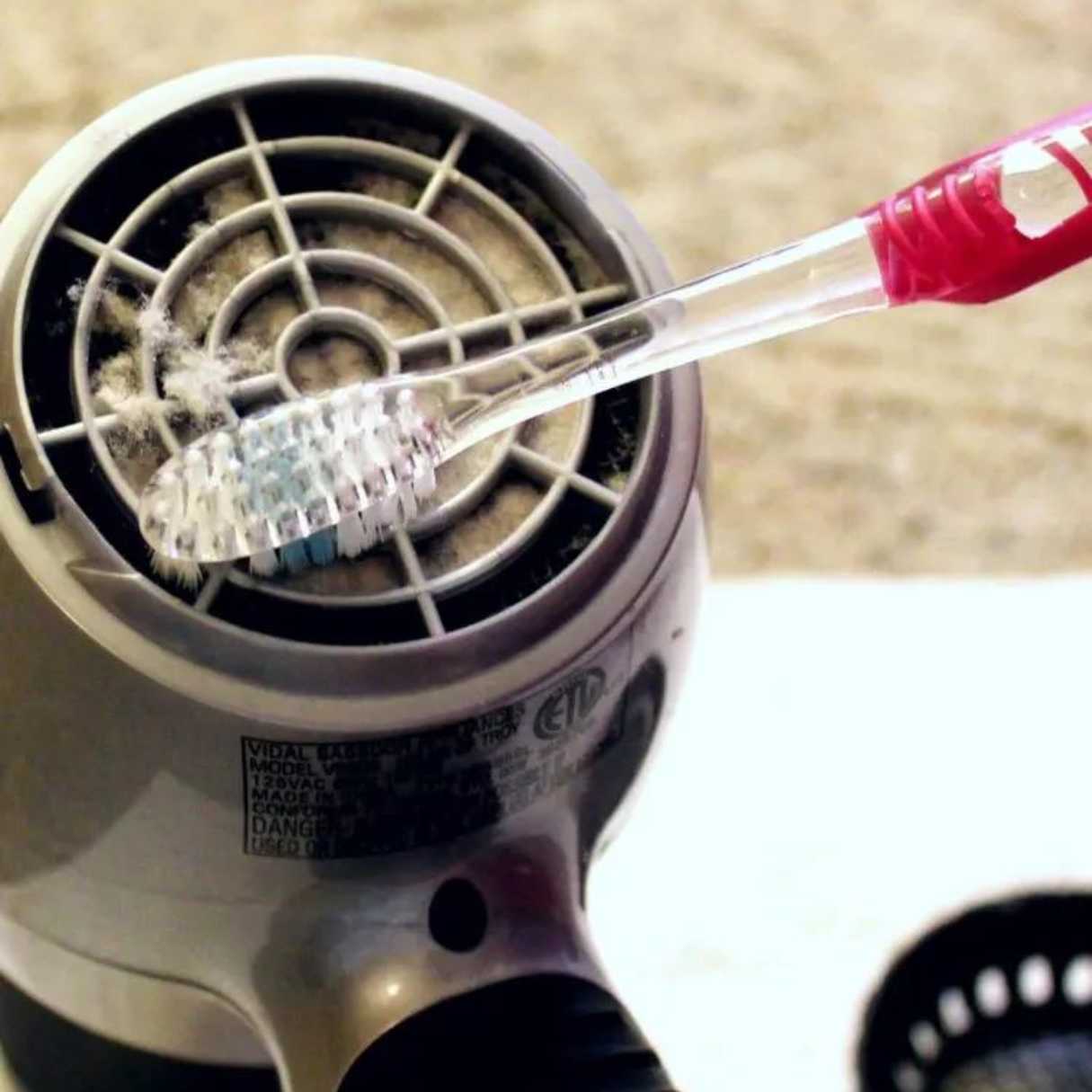
Cleaning with Brush
2. Inspect and Maintain the Motor
The motor is the heart of the hair dryer, and its condition directly impacts the noise level. A poorly functioning motor can produce excessive noise due to various issues.
- Lubrication: Over time, the motor bearings can become dry, leading to increased friction and noise. Apply a small amount of motor oil or specialized lubricant to the motor bearings. Be cautious not to over-lubricate, as excess oil can attract more dust.
3. Check for Loose Components
Loose components within the hair dryer can cause rattling and increased noise levels.
- Tightening Screws: Open the hair dryer casing and check all screws and fasteners. Tighten any that appear loose.
- Securing Internal Parts: Ensure that all internal components, such as the motor, heating element, and fan, are securely mounted. Any loose parts can contribute to noise. Read more: Is the Expensive Hair Dryer Worth It?
Other Troubleshooting
In addition to the common issues like a hair dryer not turning on, not blowing hot air, or producing excessive noise, there are several other potential problems that users may encounter. These issues often require specific troubleshooting steps to diagnose and resolve.
1. Check Overheat Protection
Many modern hair dryers are equipped with overheat protection mechanisms designed to enhance safety and prevent damage. This feature automatically shuts off the hair dryer when it detects excessive heat, protecting both the appliance and the user.
- Understanding Overheat Protection: This safety feature is typically triggered when the internal temperature of the hair dryer exceeds a safe threshold. This can happen due to prolonged use, blocked air vents, or internal component failure.
- Cooling Down Period: If your hair dryer suddenly stops working during use, it’s likely that the overheat protection has been activated. In this case, unplug the dryer and allow it to cool down for at least 10-15 minutes before attempting to use it again.
2. Addressing Service Life Issues
Hair dryers, like all electronic appliances, have a finite service life. Over time, various components can wear out, leading to frequent malfunctions and reduced performance.
- Recognizing End-of-Life Signs: Common signs that your hair dryer may be reaching the end of its service life include:
- Frequent overheating or activation of overheat protection.
- Persistent issues that recur despite troubleshooting and repairs.
- Decreased airflow or heat output compared to when the dryer was new.
- Increased noise levels that cannot be resolved through cleaning or maintenance.
Conclusion
The inability of a hair dryer to function properly is a common issue that can stem from various factors, including problems with power sockets, switches, cords, motors, heating elements, and more. By systematically checking each component, you can often identify the root cause and address it effectively. For more complex issues or those involving the internal structure of the device, seeking assistance from Huux engineers is highly recommended.
Regular cleaning and maintenance are crucial in extending the lifespan of your hair dryer and minimizing the likelihood of future malfunctions. Keeping the air vents free of dust and ensuring all components are in good condition can significantly enhance the performance and reliability of your hair dryer.
Additionally, always follow the manufacturer’s instructions for safe and proper use. This not only ensures optimal performance but also safeguards against potential hazards. If you encounter persistent issues or require professional help, Huux is always here to provide expert support and high-quality solutions. With the right care and attention, your hair dryer can continue to be a reliable tool in your daily grooming routine.
Have more questions on using hair blow dryer? Want to purchase wholesale hair dryers in bulk? Please feel free to leave online message or send email to info@huux.com. We will reply via email within 24 hours.

